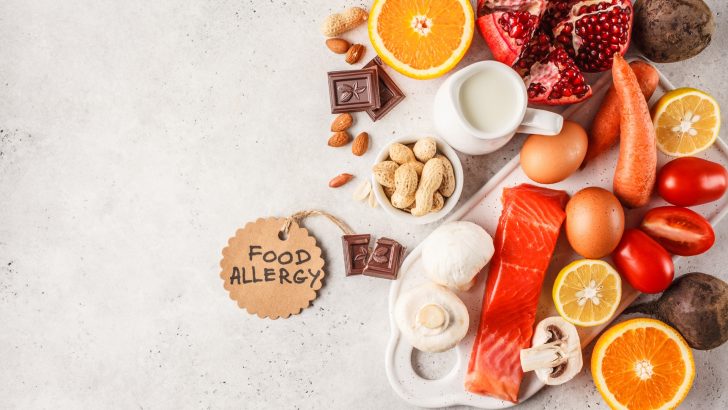May marks Food Allergy Action Month, a time when we spotlight the challenges faced by millions living with food allergies. Navigating the grocery store can feel like a minefield for those with allergies or parents of allergic kids.
Let’s explore the top foods that commonly trigger allergic reactions and deserve extra caution this month.
1. Peanut Butter Bombs
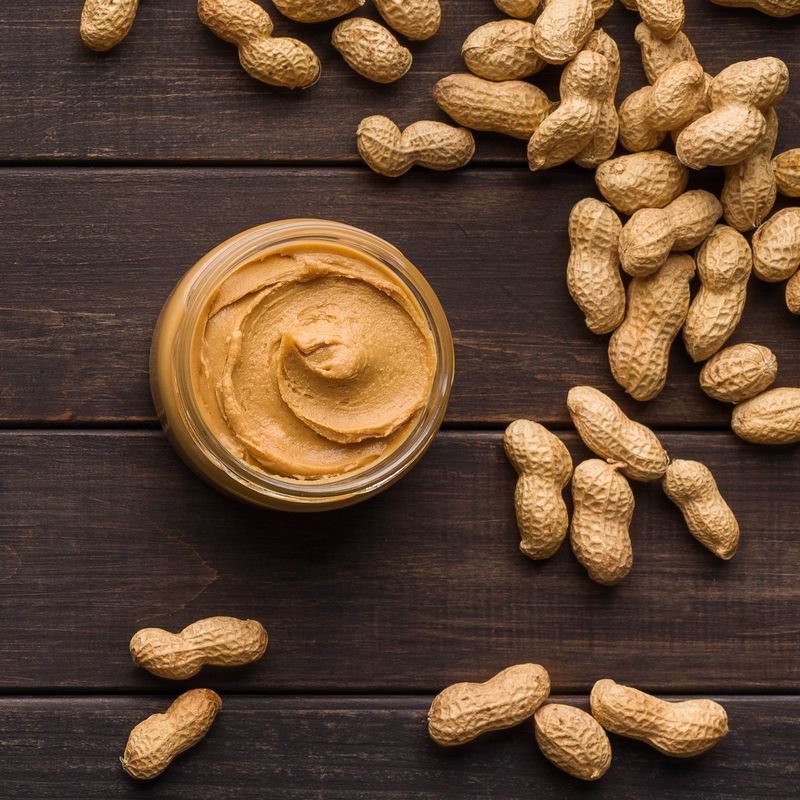
Whoa! Peanut butter lurks in countless snacks, from granola bars to cookies. Did you know this innocent-looking spread is actually one of the most lethal allergens for sensitive individuals?
Sneaky manufacturers sometimes hide peanut ingredients under confusing names like ‘arachis oil.’ Even trace amounts can trigger life-threatening reactions in severely allergic people!
2. Shellfish Surprises

Ever wondered why seafood restaurants post so many allergy warnings? Shellfish allergies rank among the most severe and persistent food sensitivities known to allergists worldwide!
Shrimp, lobster, crab, and their crustacean cousins contain proteins that can trigger immediate, sometimes devastating reactions. Cross-contamination happens easily in kitchens handling multiple seafood types.
3. Tree Nut Nightmares
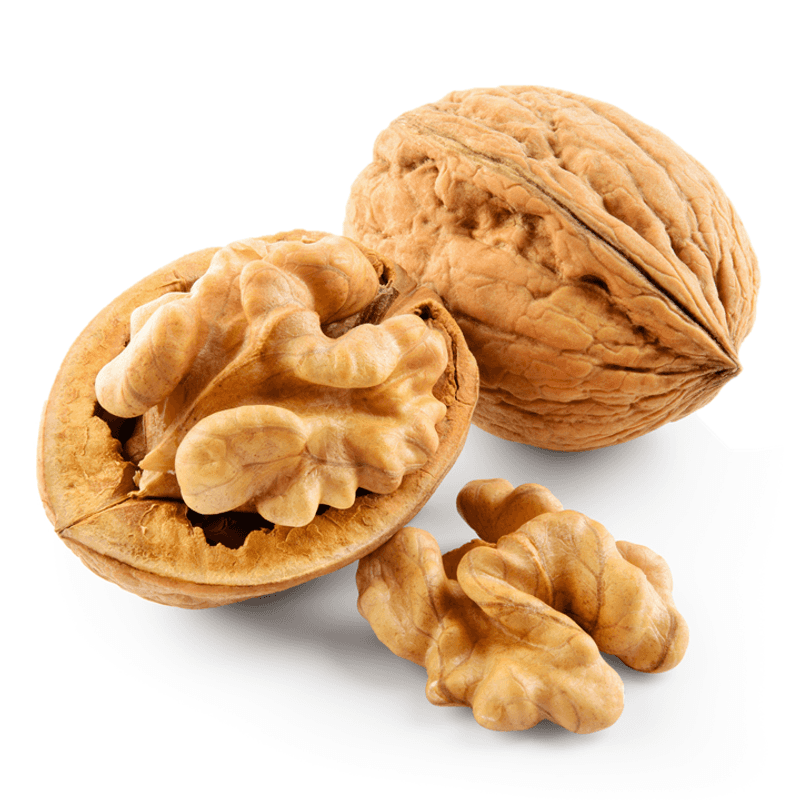
Cashews, almonds, and walnuts might be nutritional powerhouses, but they’re potential deathtraps for the allergic crowd! Unlike some childhood allergies, tree nut sensitivities rarely disappear with age.
What’s particularly tricky? These nuts hide in pesto sauces, certain cereals, and even some spice blends. Share this nugget with your allergic friends – many cosmetics contain nut oils too!
4. Egg-splosive Ingredients

Baked goods beware! Eggs bind together countless recipes, making them a stealthy threat for the egg-allergic population. Though commonly associated with childhood, egg allergies can persist throughout adulthood.
Beyond the obvious omelets and quiches, eggs sneak into mayonnaise, some pasta brands, and even certain vaccines! Lecithin, albumin, and globulin on ingredient lists? Those are egg-derived code words!
5. Dairy Dangers

Holy cow! Milk proteins cause trouble for millions worldwide, from mild discomfort to serious allergic reactions. Lactose intolerance and milk allergy are different beasts – one digestive, one immune-related.
Casein and whey, milk’s main proteins, hide in unexpected places like canned tuna, deli meats, and certain medications. Spotted ‘non-dairy’ on a label? Bizarrely, this doesn’t guarantee milk-free status according to FDA regulations!
6. Wheat Worries

Sandwiches, pasta, and cookies – oh my! Wheat appears almost everywhere in Western diets, making it a nightmare for those with wheat allergies (not just celiac disease).
Though ‘gluten-free’ has become trendy, true wheat allergies can trigger immediate hives, breathing problems, or even anaphylaxis. Sneaky wheat derivatives include modified food starch, seitan, and some soy sauces – check those labels twice!
7. Soy Sensations
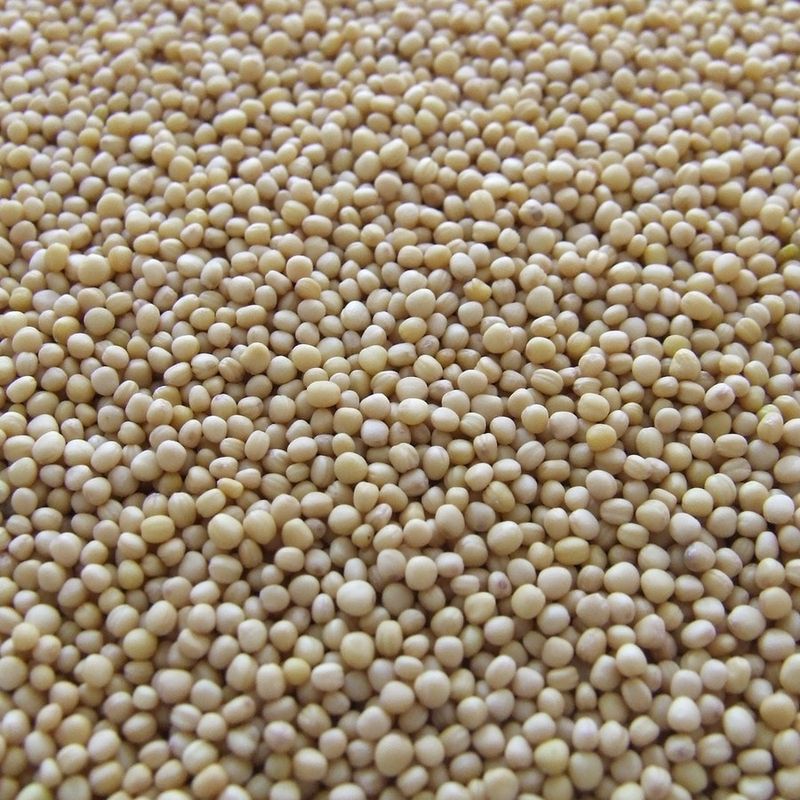
Crikey! Soy sauce, tofu, and edamame represent just the tip of the soybean iceberg. This legume infiltrates nearly 60% of processed foods in American supermarkets!
Where’s it hiding? Look for lecithin, vegetable oil, and textured vegetable protein on labels. Though many children outgrow soy allergies, adults with this sensitivity face a challenging grocery landscape. Beware of Asian cuisines where soy reigns supreme!
8. Fish Frights
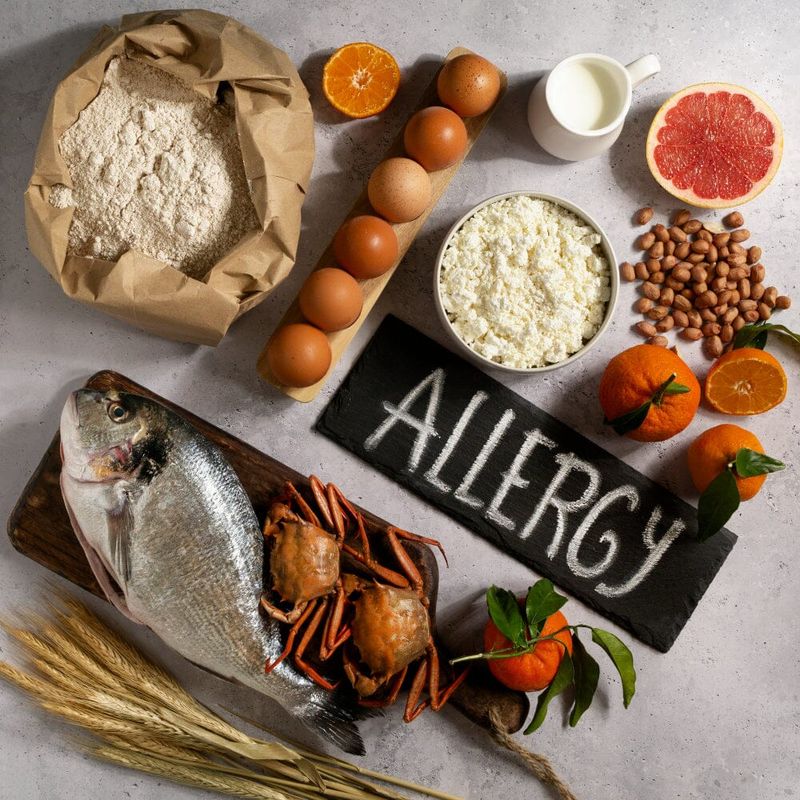
Something smells fishy! Unlike many food allergies, fish sensitivities typically develop in adulthood and rarely disappear. Salmon, tuna, and cod contain proteins that trigger serious reactions in susceptible individuals.
How bizarre – fish allergens can become airborne during cooking! Caesar dressing harbors anchovies, and Worcestershire sauce contains fish. Even some wines and beers use fish-derived clarifying agents. Quite the catch-22 for allergy sufferers!
9. Sesame Seed Scares
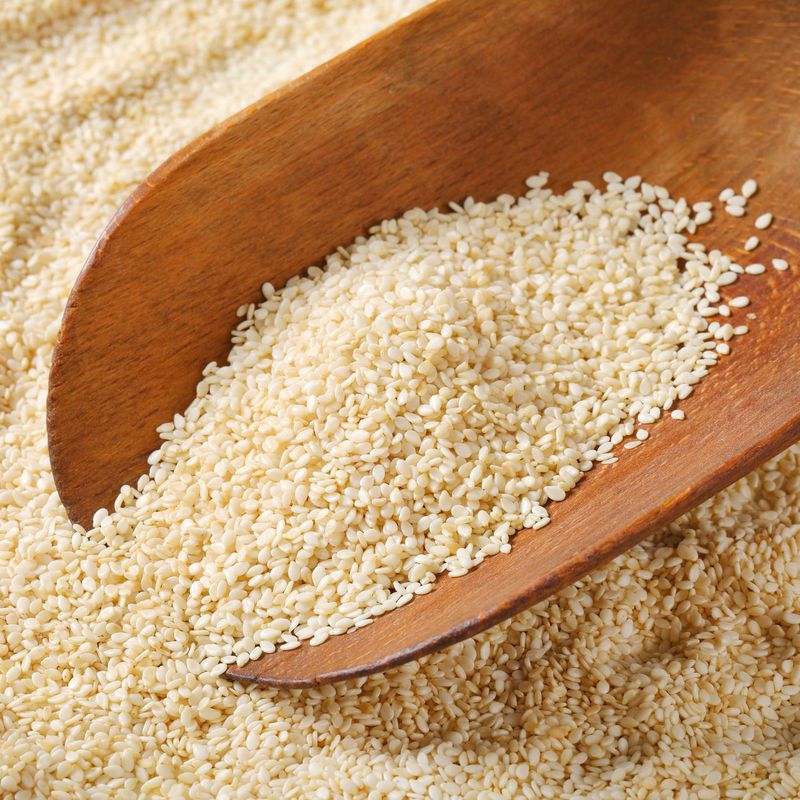
Tiny but mighty! Sesame seeds pack a potent allergenic punch that’s often overlooked in allergy discussions. These little troublemakers garnish hamburger buns, bagels, and countless Asian dishes.
Guess what?
Sesame recently joined the FDA’s major allergen list in 2023! Tahini, hummus, and halva all contain sesame derivatives. Middle Eastern and Asian cuisines feature this ingredient prominently, making restaurant dining particularly risky for the sesame-allergic crowd.
10. Corn Conundrums

Shucks! Corn allergies create unique challenges since this grain appears in thousands of food products under dozens of pseudonyms. Dextrose, maltodextrin, and xanthan gum all potentially contain corn derivatives.
Beyond obvious culprits like tortilla chips and corn flakes, this allergen hides in baking powder, confectioners’ sugar, and many medications!
Even some paper plates and disposable cups contain corn. Talk about a-maize-ing challenges for those affected!
11. Mysterious MSG
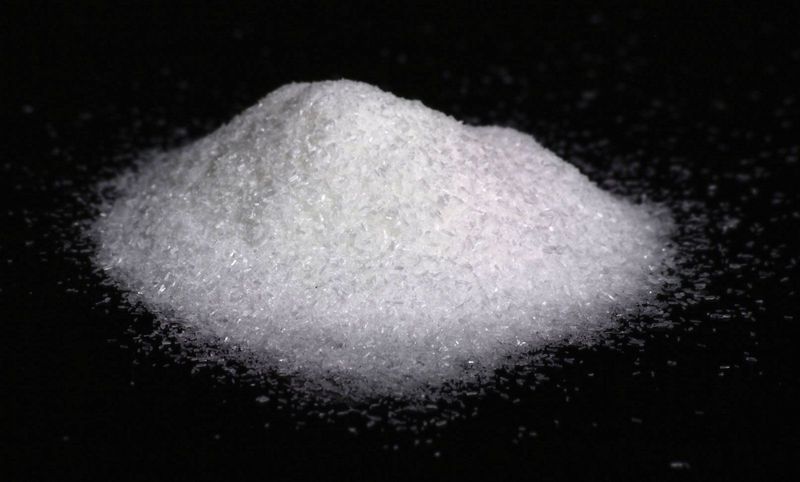
Monosodium glutamate (MSG) isn’t technically an allergen but triggers sensitivity reactions in susceptible individuals that mimic allergic responses. This flavor enhancer lurks in countless processed foods, especially savory snacks.
Chinese restaurant syndrome? That’s the nickname for MSG reactions including headaches, flushing, and heart palpitations.
Crafty manufacturers disguise MSG as ‘natural flavors,’ ‘yeast extract,’ or ‘hydrolyzed protein.’ Sneaky, sneaky!
12. Sulfite Surprises

Gasp! Sulfites preserve countless foods but can trigger asthma attacks and hives in sensitive individuals. Wine lovers beware – these compounds occur naturally during fermentation but are also added to preserve color and freshness.
Beyond the vineyard, sulfites hide in dried fruits, pickled foods, and even some medications. Asthmatics face heightened risks from these preservatives. Spotted ‘contains sulfites’ on a label? That’s your cue to proceed with caution!
13. Mustard Mayhem
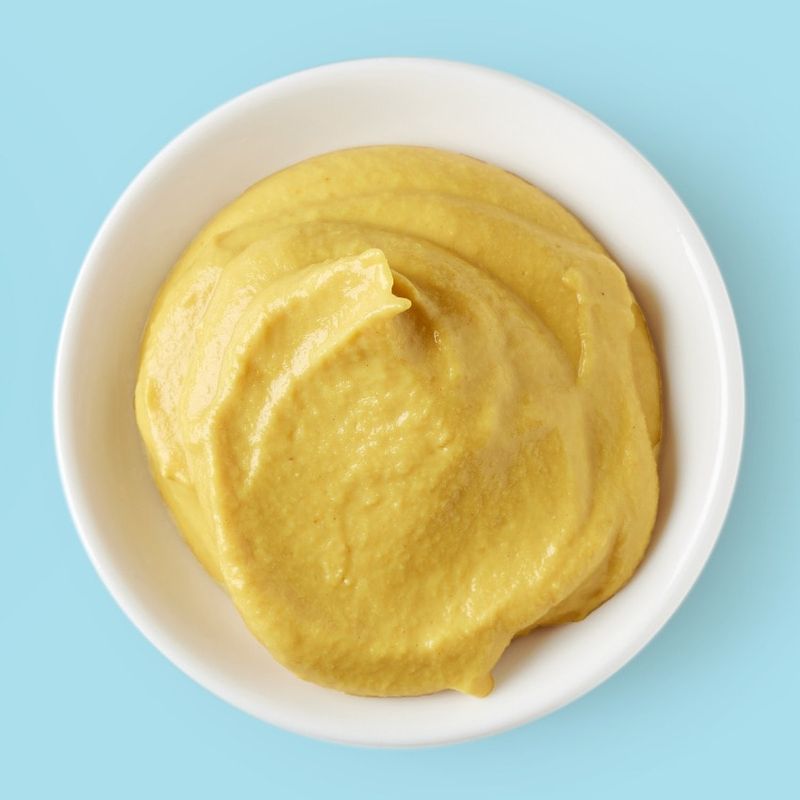
Mustard allergies rarely make headlines but pack a serious punch for those affected. This spicy condiment contains proteins that cross-react with other plants in the Brassicaceae family.
Beyond the yellow squeeze bottle, mustard hides in barbecue sauces, marinades, and many salad dressings. In Canada and the EU, mustard must be clearly labeled as an allergen – but not in the US! Picnic foods require extra scrutiny for mustard-allergic folks.
14. Gluten Gotchas

Yikes! While celiac disease differs from wheat allergy, gluten sensitivity affects millions worldwide. This protein complex lurks in wheat, barley, and rye, sneaking into countless processed foods.
Malt flavoring, modified food starch, and many ‘natural flavors’ contain hidden gluten. Surprisingly, some medications, vitamins, and even envelope glue contain this troublesome protein! Cross-contamination in restaurants makes dining out a minefield for the gluten-sensitive crowd.
15. Artificial Color Calamities
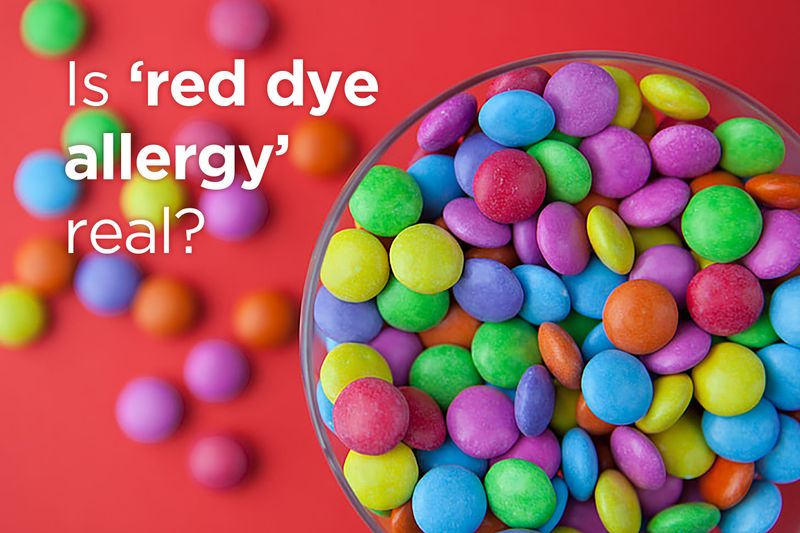
Those vibrant hues in candies, sodas, and snacks? They’re synthetic dyes that trigger reactions in sensitive individuals, especially children. Yellow 5, Red 40, and Blue 1 top the troublemaker list.
Studies suggest links between these petroleum-derived colorants and hyperactivity in kids. Many European countries require warning labels on foods containing artificial colors! Smart parents check medications too – even some antibiotics contain these controversial colorants.

